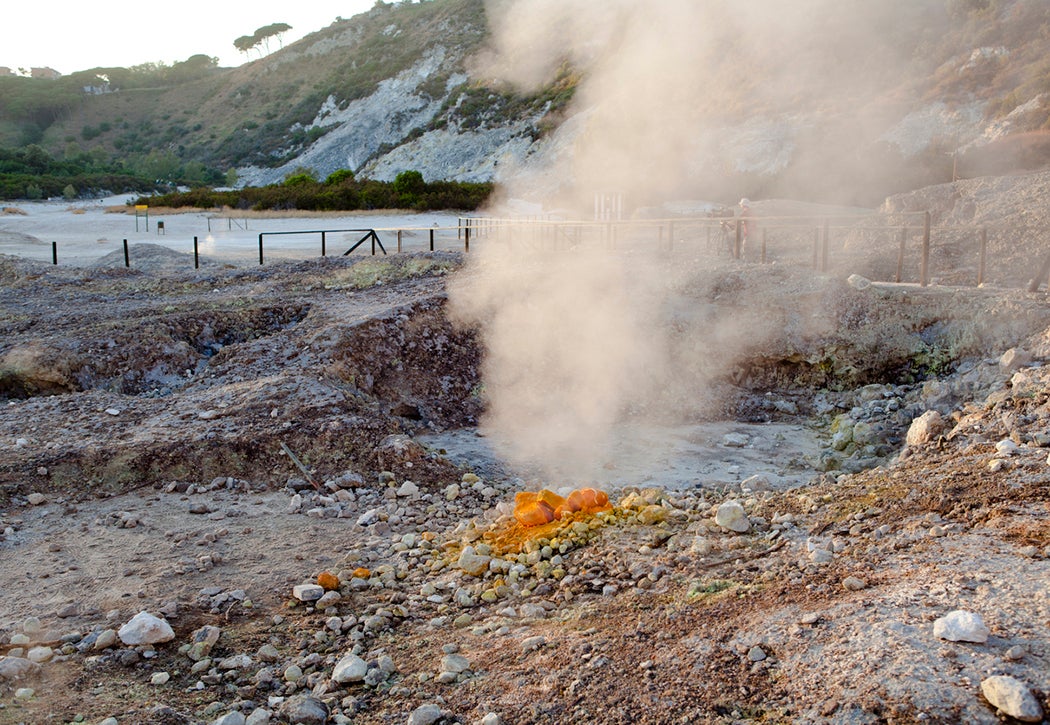Have humans angered the planet? You might think so, considering this week’s news about the environment—wildfires and smothering air pollution in California, rising seas in Oceania, and awakening supervocanos that could cause global catastrophe.
The Angry Sea Will Kill Us All (Stuff)
It was a regular afternoon in Tarawa, a capital of Kiribati, a Central Pacific nation that resides on coral atolls and isles stretching along the equator. Then a giant wave swept in, submerging coconut trees, little houses, and the local hospital’s maternity ward, where women who had just given birth were forced to evacuate clutching newborns to their chests. Located in one of the world’s most ecologically fragile areas, the Kiribati is under threat from the ocean level rise that promises to consume the little atolls, taking the people with it. Can an island nation survive without its islands?
Related Sustainability content on JSTOR: World Policy Journal
Will Italy’s Ominous Supervolcano Erupt Soon? (Scientific American)
Phlegrean Fields—a network of two dozen craters and other volcanic structures that stretch under the Gulf of Naples, alongside the Naples metropolitan area—may be waking up soon. Classified as a supervolcano, which can darken skies worldwide and cause a volcanic winter, Phlegrean Fields lifted up grounds and caused earthquakes in the 1980s, resulting in evacuations and panic. When it didn’t erupt, scientists were accused of “crying wolf.” Volcanologists use Phlegrean Fields as a research lab to dig deeper into the underlying geological perturbations, but eruptions and their intensity are still hard to predict. Are we in danger? “The answer is always yes,” scientists say.
Related Sustainability content on JSTOR: Science
California’s Wildfires: Why Have They Been So Destructive? (The New York Times)
The current California wildfire outbreak is now the second deadliest of the last century, according to state figures, with several communities destroyed and over two dozen dead. The regions that escaped the blaze aren’t spared either—air quality in the Bay Area air is so bad right now that some experts compare it to Beijing’s levels of pollution and suggest residents should wear masks. Some scholars point out that wildfire-generated pollutants occupy an interesting niche in the government statistics: The federal government excludes pollutants caused by such fires from air quality compliance calculations, arguing that unplanned wildfires are “natural.”
Related Sustainability content on JSTOR: Ecology Law Quarterly







